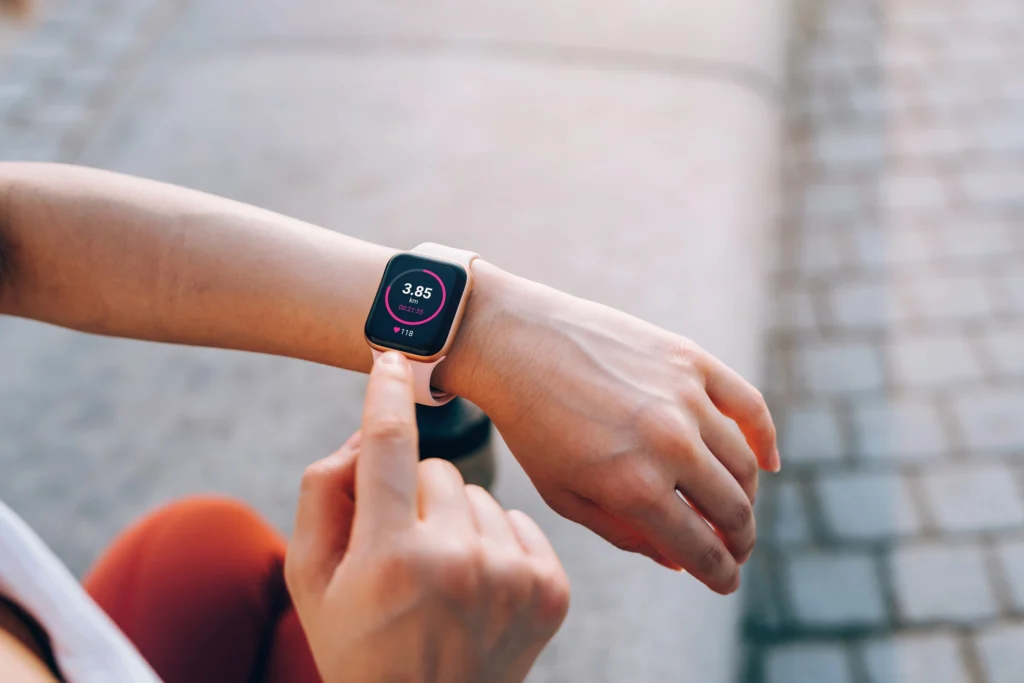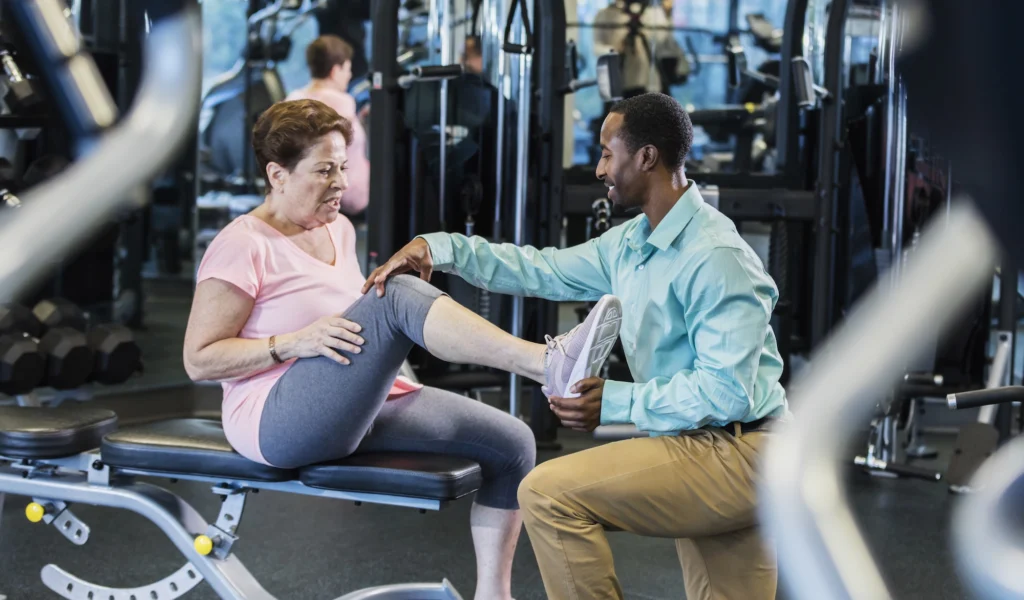Wearable Tech, In-Person Fitness Continue To Rise in 2024

ACSM’s worldwide survey of fitness trends forecasts a return to in-person fitness and a rise in technology, among other predictions
In a shift from pandemic-era outcomes, the American College of Sports Medicine’s (ACSM) 2024 Worldwide Survey of Fitness Trends indicates a move back to in-person fitness experiences while continuing to emphasize the role of technology in the fitness industry. The annual survey highlights evolving consumer needs and the sector’s adaptive responses.
Initiated in 2006, the ACSM’s annual survey has historically been a reliable predictor of fitness industry trends, reflecting shifts in societal attitudes and technological advancements. The 2024 version collated insights from nearly 2,000 professionals across the fitness industry, including personal trainers, exercise physiologists and group exercise instructors
The 2024 survey showcases an array of upcoming trends, with a notable emphasis on boutique fitness studios and subscription-based memberships. This signals a departure from the previous focus on online training and home gyms, which gained prominence during the pandemic.
Here are some other trends highlighted in the report:
Wearables Continue To Lead
Wearable technology leads as the top trend, signifying a strong consumer interest in personal health data and fitness tracking. Wearable technology has ranked in the top three since 2016, highlighting the growing popularity of devices that track health metrics like heart rate, calories burned, and sleep.
“We know that social support is one of the strongest predictors of exercise self-efficacy,” said A’Naja Newsome, Ph.D., ACSM-CEP and survey spokesperson. “It is important for exercise professionals to leverage the capabilities of wearable technology to improve adherence and autonomy for clients.”

Corporate Wellness Is Top of Mind
Coming in second is a newcomer to the top ten list – worksite health promotion. Companies are increasingly investing in health-promoting initiatives, such as providing access to fitness facilities, organizing employee wellness programs and offering health education workshops. By integrating these health-focused strategies into the workplace, employers are acknowledging the profound impact that a healthy workforce has on the success and sustainability of their organizations.
Grace De Simone, wellness director, Wyckoff Family YMCA, Wyckoff, New Jersey, has over 20 years of experience in the corporate wellness sector. She says that people returning to the office post-COVID may be driving this heightened attention on workplace wellness.
“People are more anxious and cautious than ever,” says De Simone. “Employers are providing wellness education and programs, including coaching, mental health awareness and training, meditation, yoga, and physical activity. Full-time employees spend a third of their day at work, whether it’s at home or in the office. The opportunity for preventive and impactful services for their health is an enormous and important initiative.”
Older Generations Embrace Fitness
The third spot belongs to fitness programs tailored for older adults. As more Baby Boomers enter retirement, this group is focusing more on staying active and independent. The 65-plus population increased 38% from 2010-2021 and is projected to keep rising over the next two decades. Regular exercise enables older adults to maintain health and independence as they age.
Debbie Bellenger, owner, DB Fitness and Wellness Solutions, Campobello, South Carolina, says it’s crucial for fitness professionals to acquire specific training and development around working with older adults.
“We need to closely follow longevity research and understand that this demographic expects more than just physical health – their whole well-being is key,” says Bellenger.

“Learning about common age-related health conditions, fall prevention, balance and mobility issues allows us to develop appropriate programs,” she adds. We should use age-appropriate cues, music and relatable communication styles. Pre and post assessments help monitor client progress.”
Bellenger advised that, looking forward, the industry needs to grasp concepts like recovery timeframes to avoid overtraining older adults.
“With rising neurodegenerative diseases, we have to recognize symptoms and customize plans accordingly,” she says. “Loneliness is another huge factor, so facilitating social connections within groups can directly impact wellness. We need the tools to support older adults in finding purpose post-retirement.”
More Top Trends
Other trends in the top ten indicate a focus on using tech and customized programming to improve mental and physical wellbeing. Mobile apps, exercise for mental health, and personal training all made the list. There is also a push for policy changes to increase access and affordability of qualified exercise professionals.
De Simone, who is also a mental health first aid instructor serving the corporate wellness population, pointed out that in the first year of the pandemic, the global prevalence of anxiety and depression increased by 25%, according to a scientific brief released by the World Health Organization (WHO). Just two weeks ago, the WHO declared loneliness a global health threat. De Simone encourages fitness professionals to get a Mental Health First Aid credential to help meet clients’ needs.
“The hope is that this combined publication, and the addition of trend categories, will allow (people) to understand trends predicted to drive the health and fitness industry here in the U.S. and abroad,” said Newsome.
View the full 2024 ACSM Worldwide Fitness Trends report here.



